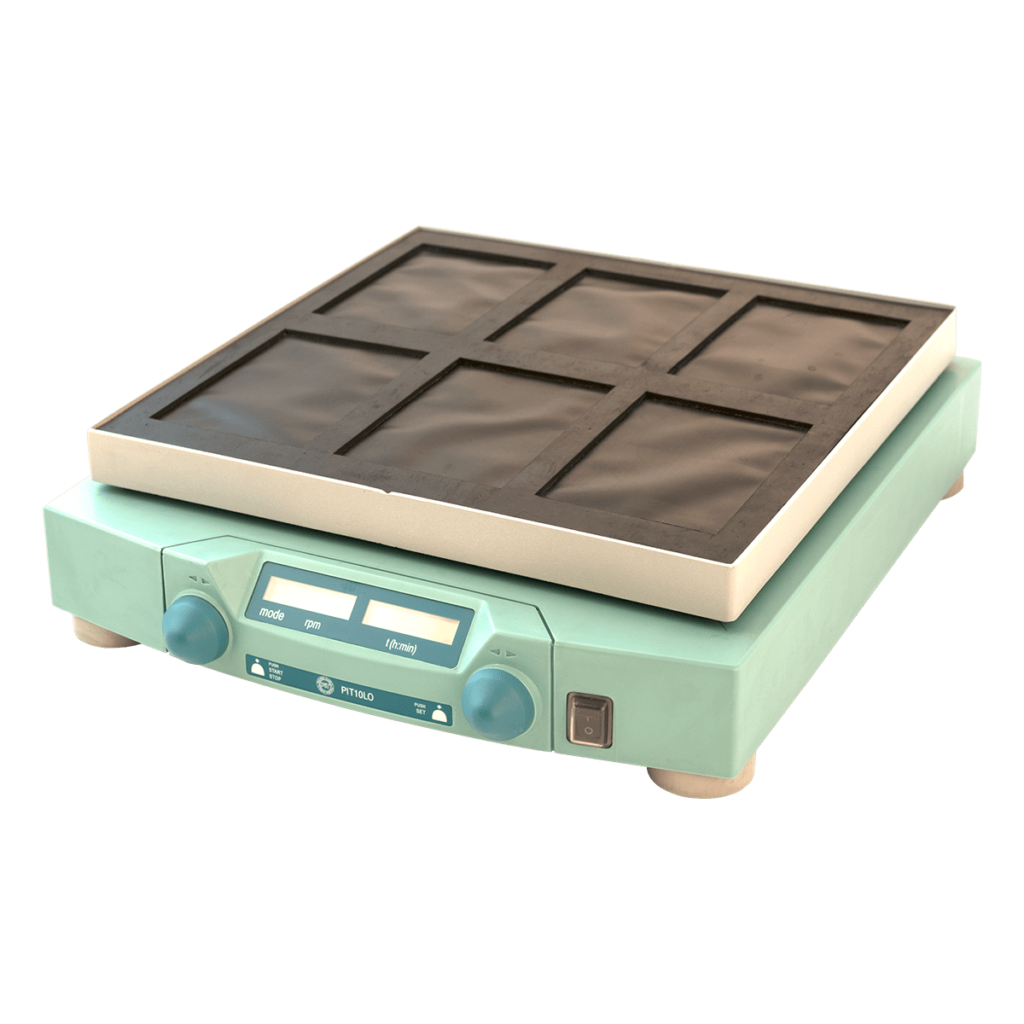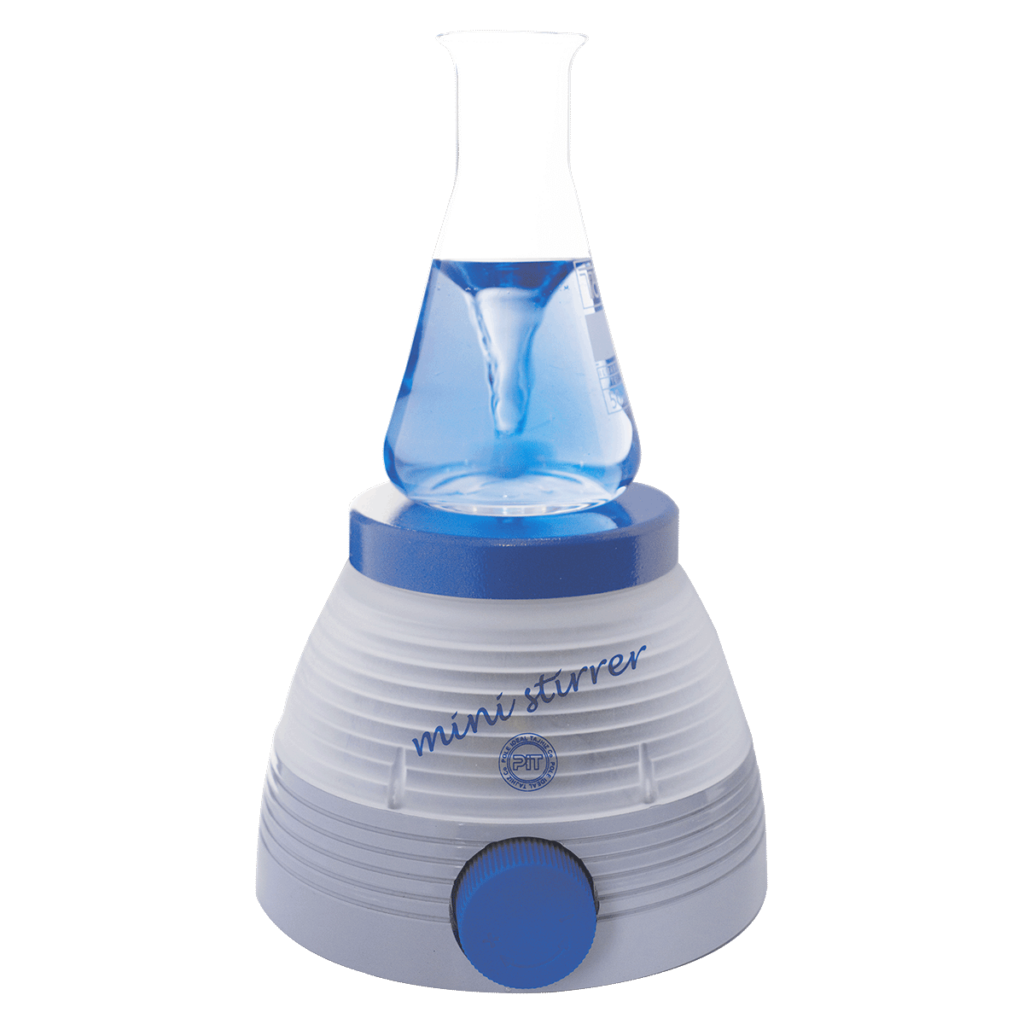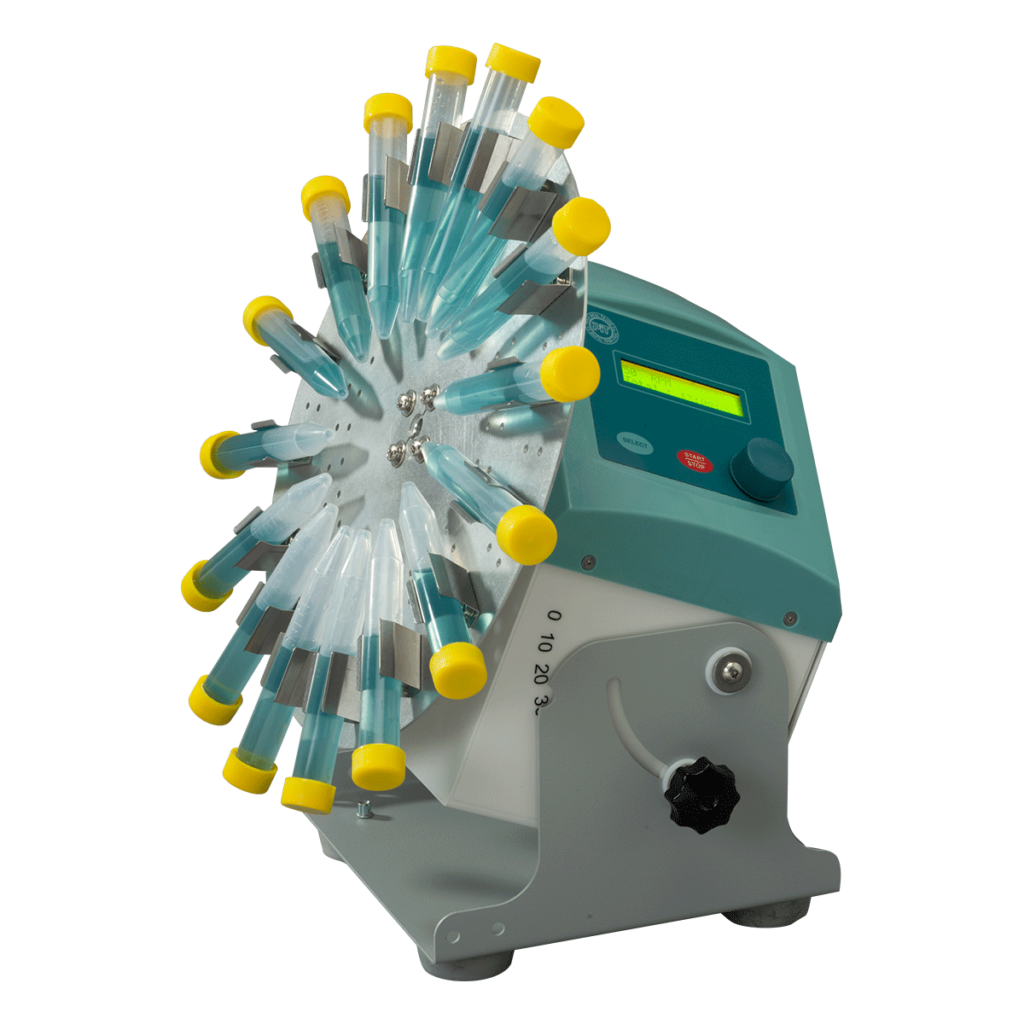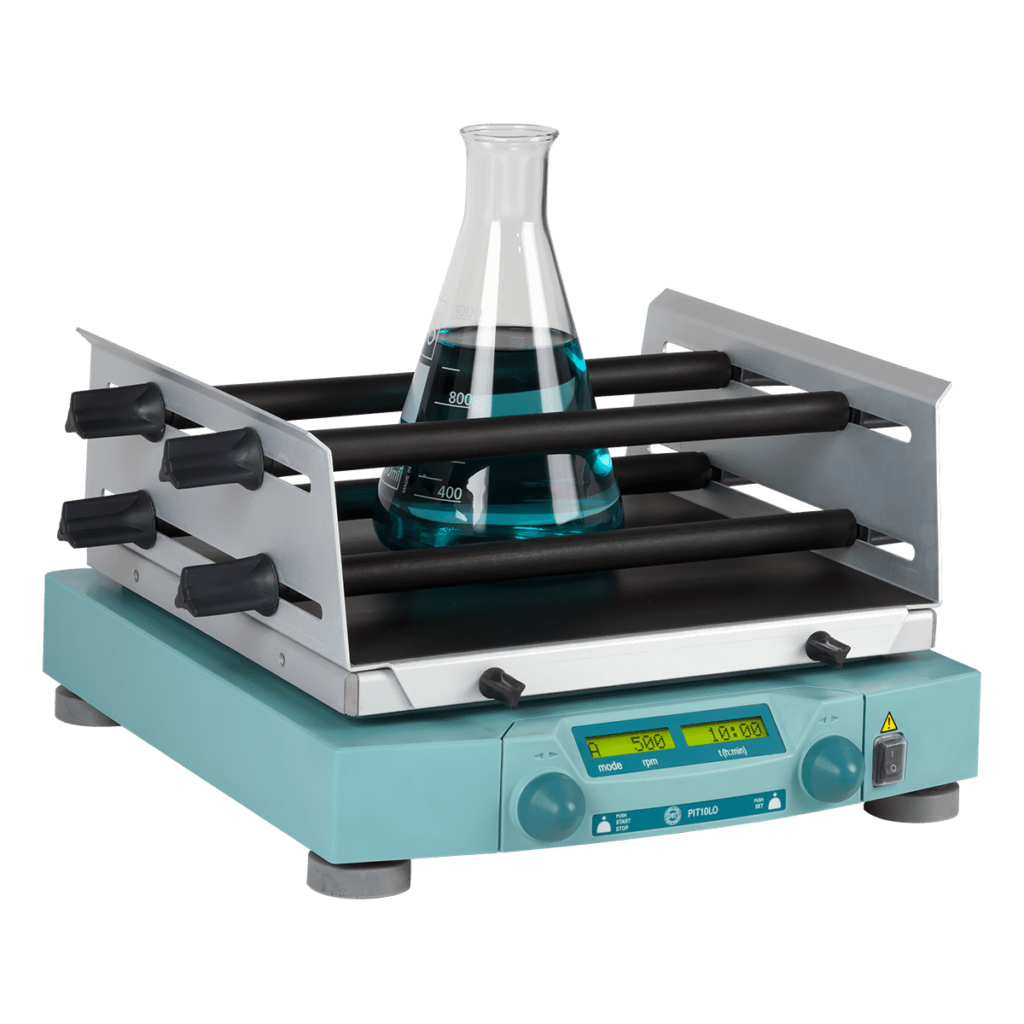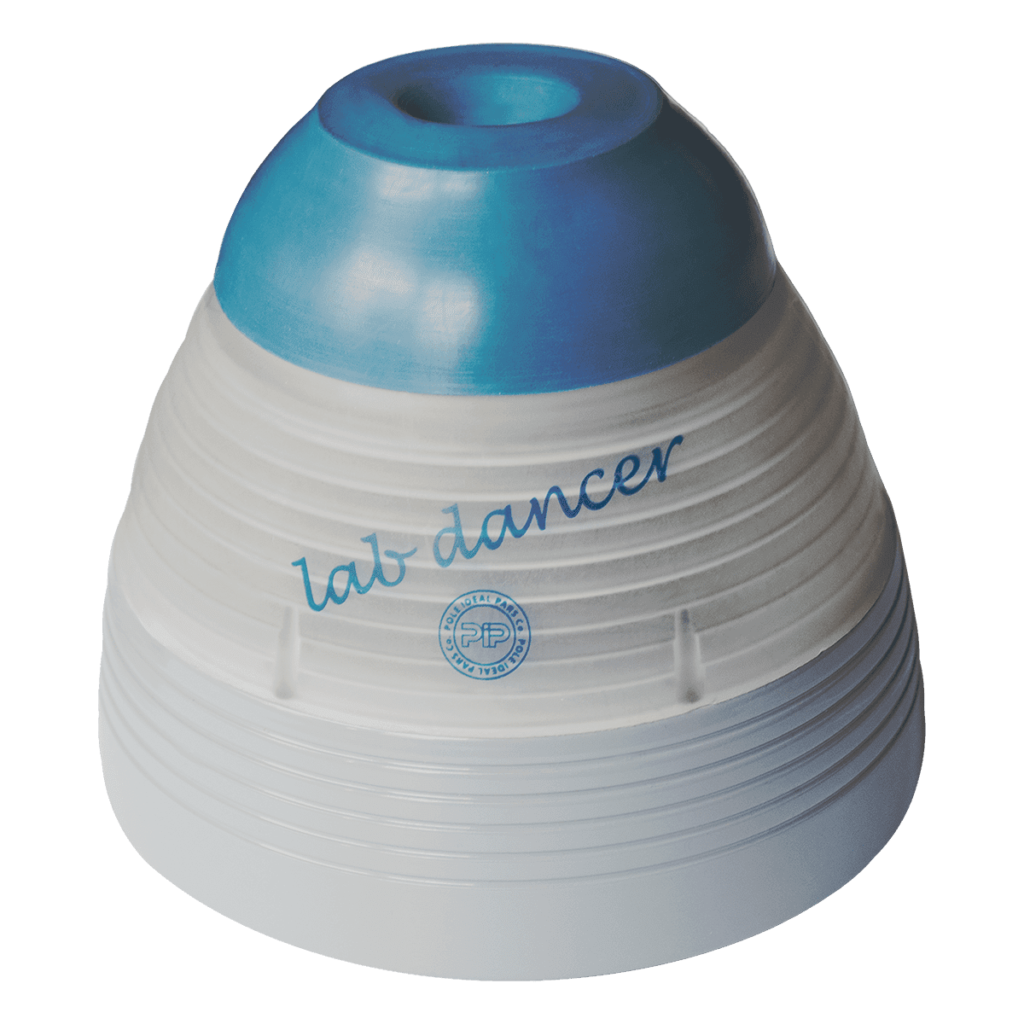Fixed Volume Pipette
Precise pipetting of samples in small volumes

- Stainless metal tip cones, robust to accidental falls
- UV resistant body
- Ergonomic design
- Double O-rings for ultimate precision
- Detachable push button, compatible with both hands
- Pipette specification according to ISO 8655
Introduction
P.I.P. Fixed volume pipettes are designed to deliver superior performance and accuracy year after year. The long-term durability and reliability of P.I.P. pipettes are highly based upon the unique design with an integrated metal pipetting system. Also utilizing various leak-tight O-rings prevents leakage and offers ultimate precision.
P.I.P. pipette operates according to air cushion principles (air displacement pipettes). So, they are highly accurate for most pipetting applications.
Robust metal inner parts and tip cones minimize the risk of damage and breakage if the pipette is accidentally dropped.
P.I.P. pipettes are resistant to UV radiation and common laboratory chemicals, organic solvents, and detergents.
Lightweight and ergonomic body of P.I.P. pipettes with balanced weight distribution offers the greatest comfort for extended pipetting periods. This ergonomic design with soft-touch buttons causes smooth pipetting and reduces hand stress. Also, the detachable push button, enables users to simply switch to the left hand.
Color-coded buttons are designed to ease the selection of the corresponding pipette and for easy identification of the pipette.
Technical Specifications Table
| Product Code | GS1 Code (GTIN) | Volume(μl) | Appropriate Tips(μl) | Systematic Error(μl) | Random Error(μl) |
|---|---|---|---|---|---|
| 120260 | 6260807503027 | 1 | 0.5-10 | 0.02 | 0.01 |
| 120261 | 6260807503010 | 2 | 0.5-10 | 0.03 | 0.02 |
| 120262 | 6260807503034 | 3 | 0.5-10 | 0.04 | 0.03 |
| 120263 | 6260807503041 | 4 | 0.5-10 | 0.05 | 0.04 |
| 120264 | 6260807503058 | 5 | 0.5-10 | 0.06 | 0.04 |
| 120265 | 6260807503065 | 6 | 0.5-10 | 0.07 | 0.04 |
| 120266 | 6260807503072 | 7 | 0.5-10 | 0.08 | 0.05 |
| 120267 | 6260807503003 | 8 | 0.5-10 | 0.08 | 0.05 |
| 120268 | 6260807503089 | 9 | 0.5-10 | 0.09 | 0.05 |
| 120298 | 6260807503096 | 10 | 0.5-10 | 0.10 | 0.05 |
| 120270 | 6260807503119 | 15 | 10-100 | 0.18 | 0.09 |
| 120271 | 6260807503126 | 20 | 10-100 | 0.20 | 0.10 |
| 120272 | 6260807503133 | 25 | 10-100 | 0.29 | 0.11 |
| 120273 | 6260807503140 | 30 | 10-100 | 0.35 | 0.12 |
| 120274 | 6260807503157 | 40 | 10-100 | 0.44 | 0.14 |
| 120275 | 6260807503164 | 50 | 10-100 | 0.50 | 0.15 |
| 120276 | 6260807503171 | 60 | 10-100 | 0.58 | 0.16 |
| 120277 | 6260807503188 | 70 | 10-100 | 0.64 | 0.18 |
| 120278 | 6260807503195 | 75 | 10-100 | 0.66 | 0.18 |
| 120279 | 6260807503201 | 80 | 10-100 | 0.68 | 0.18 |
| 120280 | 6260807503218 | 90 | 10-100 | 0.70 | 0.19 |
| 120281 | 6260807503225 | 100 | 10-100 | 0.70 | 0.20 |
| 120282 | 6260807503249 | 110 | 100-1000 | 0.90 | 0.30 |
| 120283 | 6260807503256 | 120 | 100-1000 | 1.00 | 0.30 |
| 120284 | 6260807503263 | 150 | 100-1000 | 1.20 | 0.30 |
| 120285 | 6260807503270 | 200 | 100-1000 | 1.60 | 0.40 |
| 120286 | 6260807502990 | 220 | 100-1000 | 1.80 | 0.40 |
| 120287 | 6260807503287 | 250 | 100-1000 | 2.00 | 0.40 |
| 120288 | 6260807503294 | 300 | 100-1000 | 2.40 | 0.50 |
| 120289 | 6260807503300 | 400 | 100-1000 | 3.20 | 0.70 |
| 120290 | 6260807503317 | 450 | 100-1000 | 3.60 | 0.80 |
| 120291 | 6260807503324 | 500 | 100-1000 | 4.00 | 0.80 |
| 120292 | 6260807503331 | 600 | 100-1000 | 4.80 | 1.10 |
| 120293 | 6260807503348 | 700 | 100-1000 | 5.60 | 1.40 |
| 120294 | 6260807503355 | 750 | 100-1000 | 6.00 | 1.50 |
| 120295 | 6260807503362 | 800 | 100-1000 | 6.40 | 1.70 |
| 120296 | 6260807503379 | 900 | 100-1000 | 7.20 | 2.00 |
| 120297 | 6260807503386 | 1000 | 100-1000 | 8.00 | 2.00 |

-
+ Can I use my P.I.P. pipette with acids and organic solvents?
Yes. All P.I.P. pipettes are resistant to common laboratory chemicals. The metallic parts of P.I.P. pipettes are covered with a protective anodized layer, which ensures their chemical compatibility.
-
+ How do I clean P.I.P. pipettes?
It is recommended to clean P.I.P. pipettes using common cleaning agents such as water with mild detergents, or 60-70% ethanol. For more details, refer to the operating manual.
-
+ Pipetting results are out of precision. Is the pipette faulty?
In major cases tips are the cause of bad results in terms of precision. A poor quality tip can result in imprecision Not necessarily.
-
+ Tips do not fit well. What should I do?
Always use standard tips. Push upward on the tip ejector to make sure it is positioned properly.
Tip cones may be damaged. In this case, send the pipette to P.I.P. Company for repair. -
+ I have noticed that more solution is used for reverse pipetting than for normal pipetting. What is the reason?
Reverse pipetting is recommended to reduce the error with viscous or foaming liquids or when dispensing very small sample volumes. The excess solution aspirated remains in the tip and is discarded.
-
+ What is the best way to pipette viscous liquids?
When pipetting viscous liquids, use reverse pipetting technique. Positive displacement instruments can be a good choice, too.
-
+ Where and how can P.I.P. pipettes be serviced?
Pole Ideal Pars Co, recommend annual service for P.I.P. pipettes. Note: Pipettes service should be done only by P.I.P. technicians.
For more information refer to the operating manual. -
+ How can I prevent piston corrosion?
After contact with corrosive liquids, the pipette should be cleaned. Take care to avoid scratches. Also you can use filter tips. For more details about cleaning and maintenance, refer to the operating manual.
-
+ How can radioactive contamination be removed from P.I.P. pipettes?
To decontaminate the pipette, only disassemble the tip ejector & shaft and use suitable decontamination technique. For more details, refer to the operating manual.
-
+ Are P.I.P. pipettes UV resistant?
Yes. All materials used for P.I.P. pipettes are UV resistant.
-
+ Do P.I.P. pipettes always have to be kept on the stand or can they also be put down on the laboratory bench?
They can be put down on the laboratory bench – but never with a full tip.
-
+ How many years warranty does P.I.P. provide?
All P.I.P. pipettes are covered by a warranty for 1 year against defects in materials and workmanship. They are also supported for a period of 5-year after-sale services. These periods begin from the date of purchase.
-
+ What do the terms random error and systematic error mean in a pipette calibration?
The systematic error describes the deviation of the dispensed volume from the nominal volume of the device, and is determined by establishing the mean value of (usually) 10 measurements.
The random error describes the mean variation of the dispensed volumes from the mean value of the dispensed volumes, and is determined by calculating the repeat standard deviation of (usually) 10 measurements. -
+ How do I determine the volume values when calibrating gravimetrically?
The measuring values of the analysis scales are multiplied by the correction factor Z. This takes into account the density of the water at the relevant temperature and the relevant air.
For more information, refer to the pipette Standard Operating Procedure. -
+ During weighing (pipette calibration) I obtained steadily decreasing measuring results. Why is this?
This may be a temperature problem. Please ensure that the pipette, the water used for testing, the tips, etc. are all at the same temperature. It is recommended that the pipettes be placed in the weighing room at least 2 hours before the test is performed. While measuring, ensure that transfer of heat from your hands is kept to a minimum level.
-
+ I very frequently work with different chemicals. Can I still perform pipette calibration using water?
Calibration is always performed using distilled or deionized water (See ISO 8655-6).
-
+ Does P.I.P. provide a certificate?
P.I.P. certificate is included in each pipette box. It indicates that the accuracy of each pipette has been individually checked.
-
+ How often should P.I.P. pipettes be calibrated?
This can vary depending on the frequency of use of the pipette, the number of users of the device, the aggressiveness of the liquids to be dispensed and etc. However, a calibration should be carried out at least once a year. (See ISO 8655-6)
-
+ How the calibration process should be done?
Accredited laboratories authorized to issue calibration certificates are responsible for the implementation of calibration.
-
+ Do P.I.P. pipettes always need to be greased?
No. P.I.P. pipettes don’t need regular greasing.
-
+ What is the best way to pipette chloroform?
When pipetting chloroform, we recommend reverse pipetting technique.
-
+ What should be considered when pipetting methanol with P.I.P. pipettes?
Due to the increased vapor pressure, we recommend that the tip is prewetted at least 3 times and that the reverse pipetting technique is used.


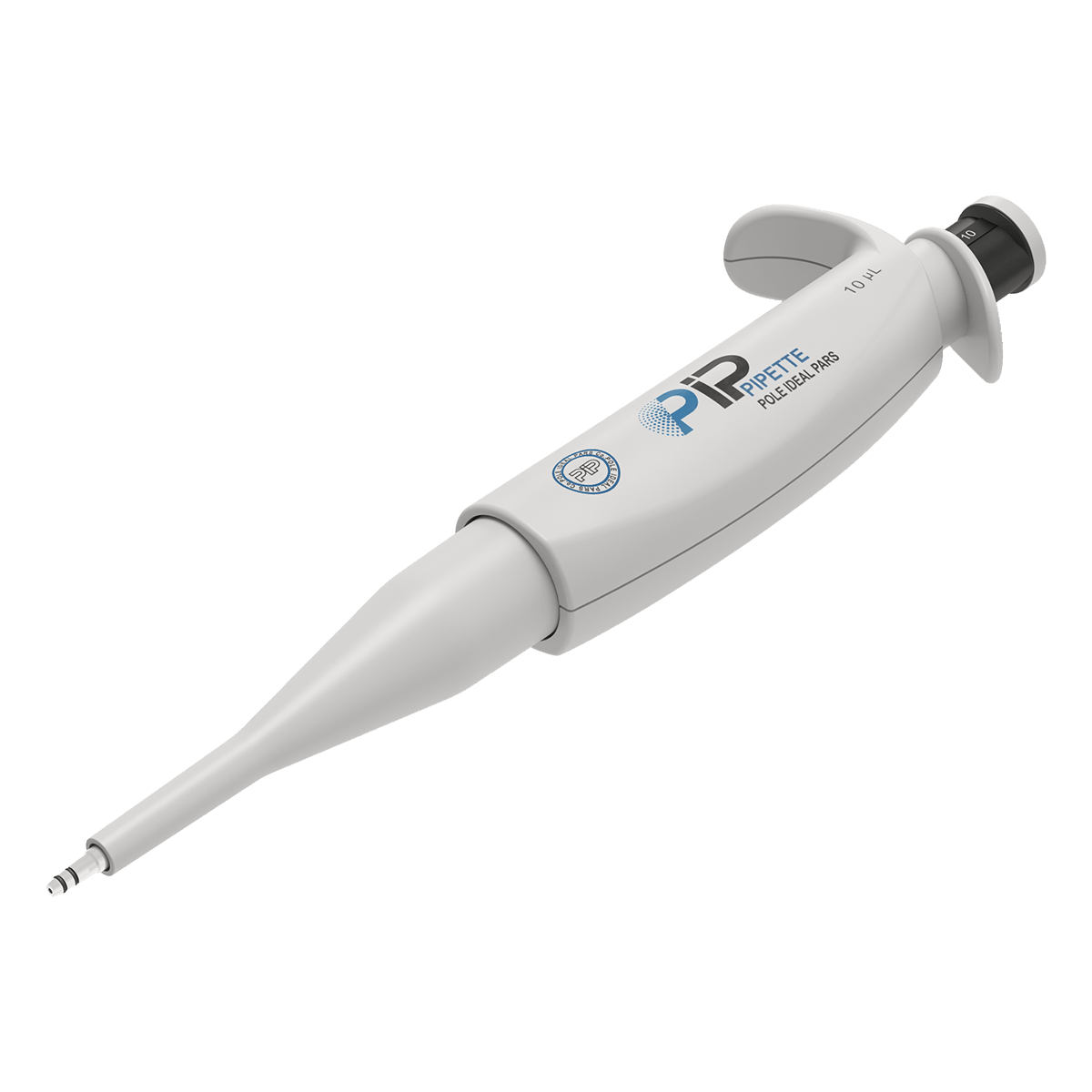



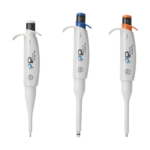


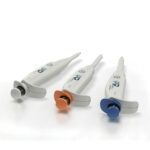
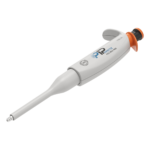
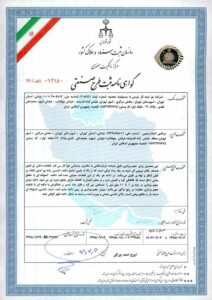 Pipette Industrial Design Certificate
Pipette Industrial Design Certificate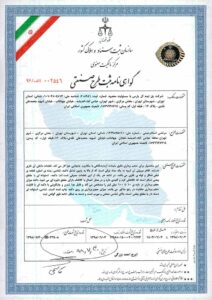 Pipette Industrial Design Certificate
Pipette Industrial Design Certificate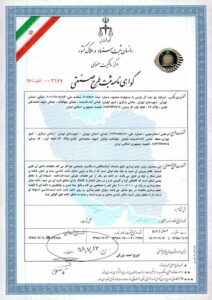 Pipette Industrial Design Certificate
Pipette Industrial Design Certificate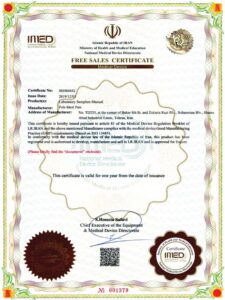 micropipette export certificate
micropipette export certificate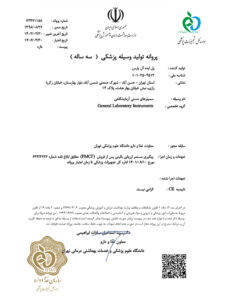 pipette Production License
pipette Production License